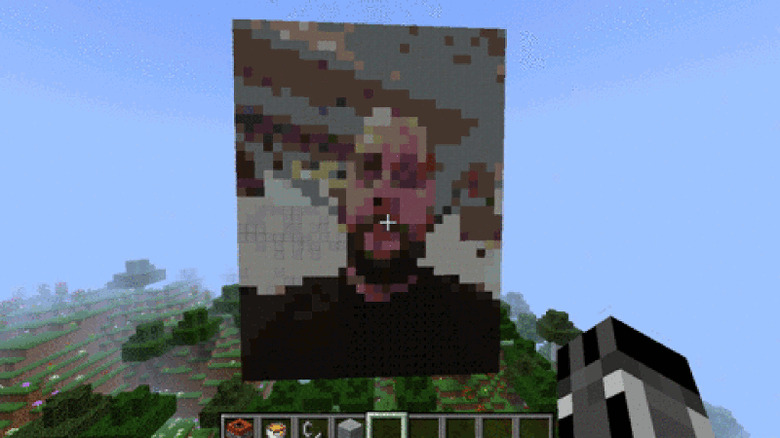Verizon built a cellphone in Minecraft that actually works
Minecraft has sparked a creativity revolution that has taken the Internet by storm, from "to scale" replicas of behemoth starships to fan-made tributes to fictional worlds to faithful recreations of the simplest computers in the world. But perhaps none have gone so far and so advanced than Verizon, who has just revealed that it made a cellphone in Minecraft. And it's not just any ordinary, gigantic representation of a cellphone. It's actually one that lets you browse the web and, if really needed, make a video call.
If that last bit has left your jaw on the floor, then you probably know how big a deal that is. While Minecraft's open-ended world allows you to, well, craft a lot of things, implementing something as sophisticated as an actual working cellphone, or almost a smartphone, is a painstaking process. The end results, however, are probably worth the effort.
To accomplish this seemingly impossible task, Verizon hired programmers to create what they called a Boxel plugin. Basically it's a Minecraft server plugin that can convert web pages and even streaming video into Minecraft blocks to be display in the world in real time. Of course, it's just an approximation of the actual image or video, considering the constraints of the boxy world. That also explains why the cellphone is so huge, in order to accommodate as many boxels as possible to decently represent a picture.

Amusingly, one has to build a cell tower right next to the cellphone in order to use it. It only takes a few clicks, however, as the new items are, of course, custom made and ready to be used in a few seconds. Controlling the phone can be a pain because of its size, and the idea of punching buttons is a tad comical. You might, however, forget all that once you start seeing your video chat buddy live on the gigantic screen. Quite appropriately, if you make the video chat using the Minecraft phone, your buddy will see your in-world avatar instead of your real world face.
What Verizon and its programmers accomplished here is nothing short of amazing, kicking up the carrier's geek creds a few notches. Best of all, they actually released the Boxel libraries as open source software so that other creative minds can make even more wonderful things.
SOURCE: GitHub
VIA: Kotaku
